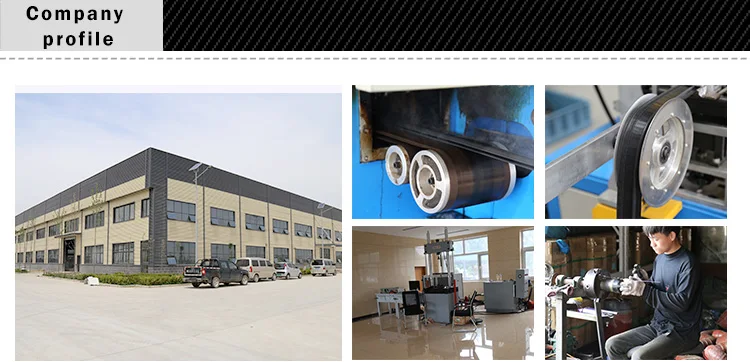In various cuisines, particularly in Asian countries, MSG is a staple ingredient. It can be found in a variety of dishes, from fried rice to soups, and is often used in restaurants to bring depth to flavors. However, in Western cultures, the perception of MSG has been more controversial. Following a 1969 letter to the editor published in the New England Journal of Medicine, which linked MSG to Chinese Restaurant Syndrome, public scrutiny of the ingredient increased. Symptoms reported included headaches, sweating, and numbness, leading to calls for more extensive research on its safety.
 Home
Home











